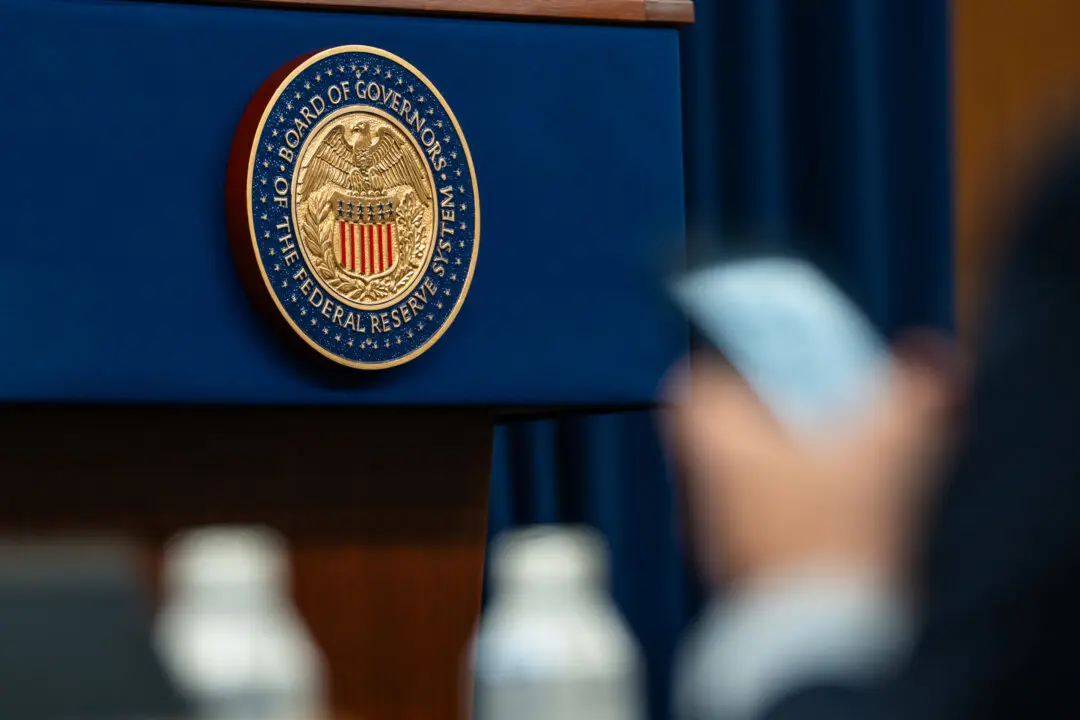Inflation continues to be the chief concern for U.S. consumers, and most Americans are taking action to manage their balance sheets, a new report from McKinsey found.
According to “The Great Uncertainty” report, 65 percent identify rising prices as their biggest worry, and 66 percent noted that they have taken steps to address growing expenses.





